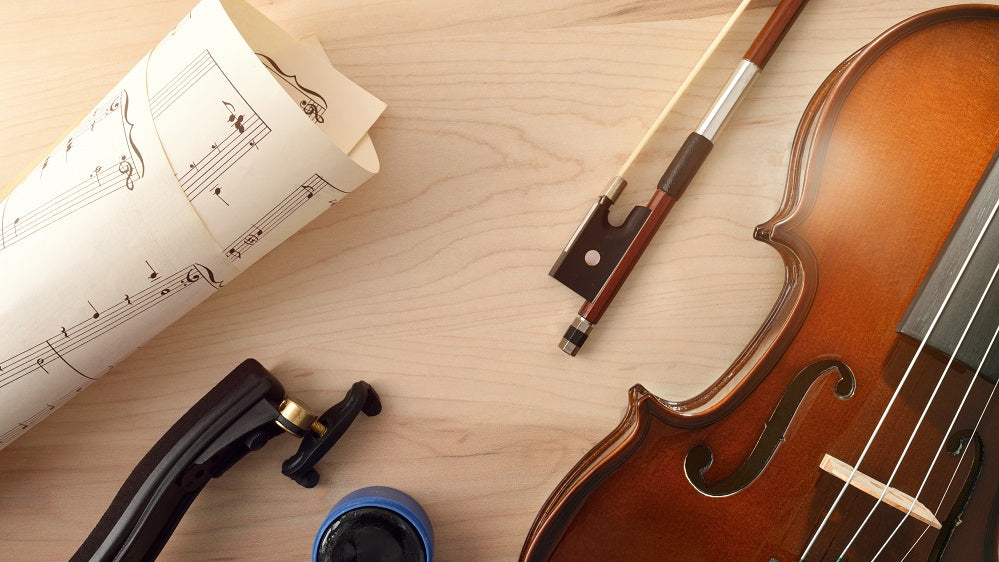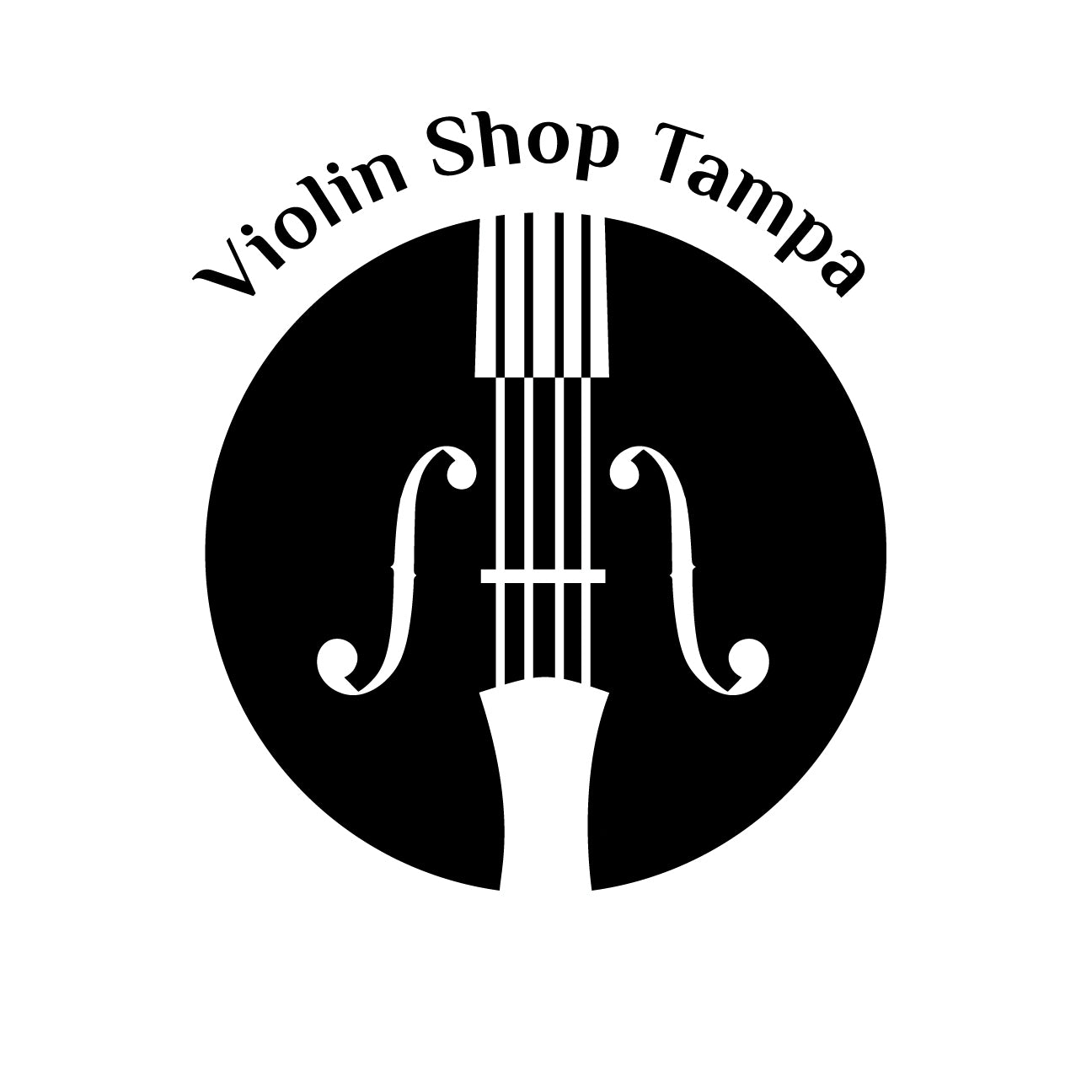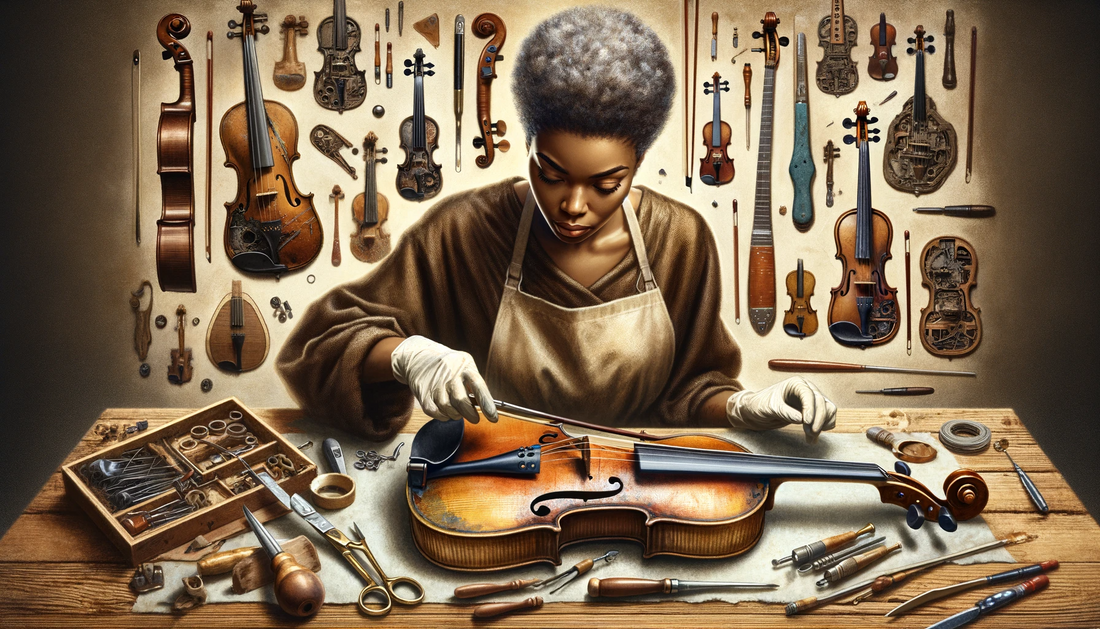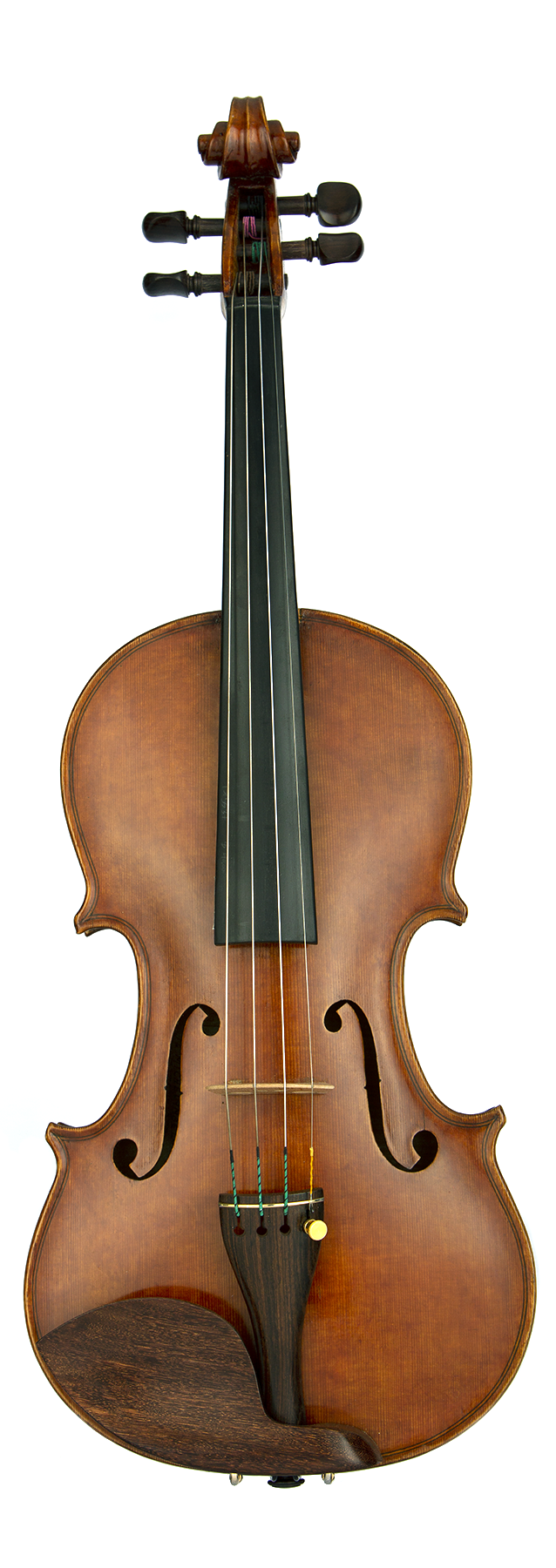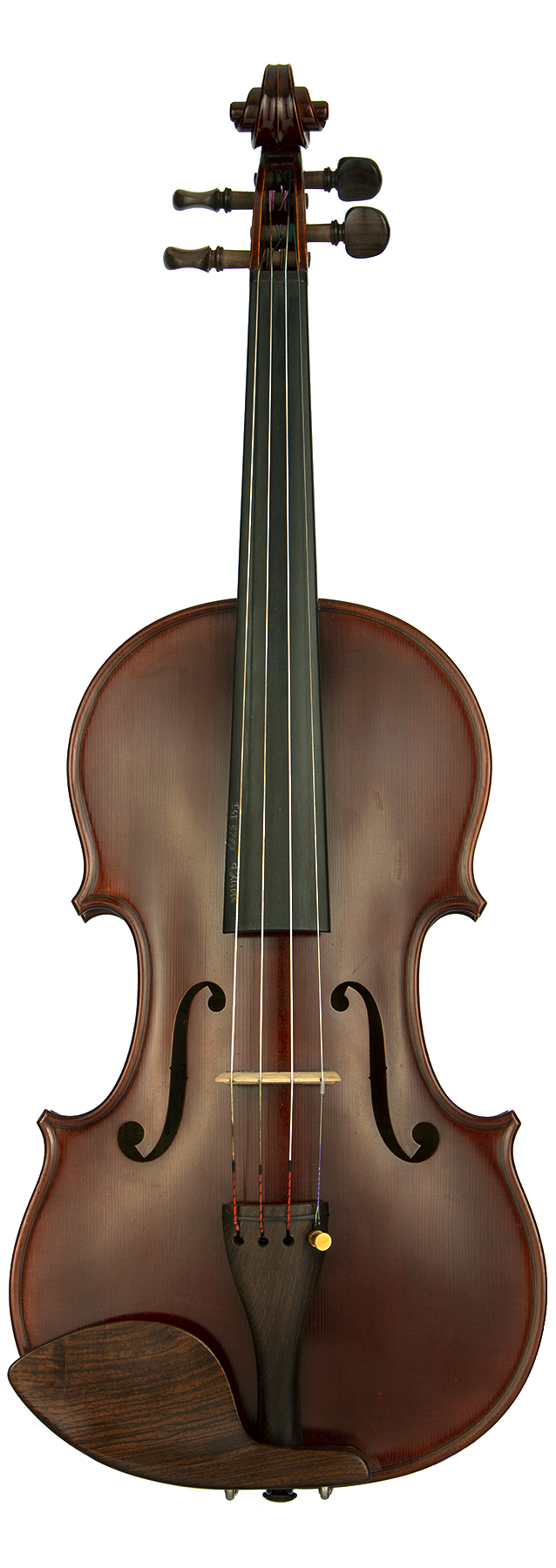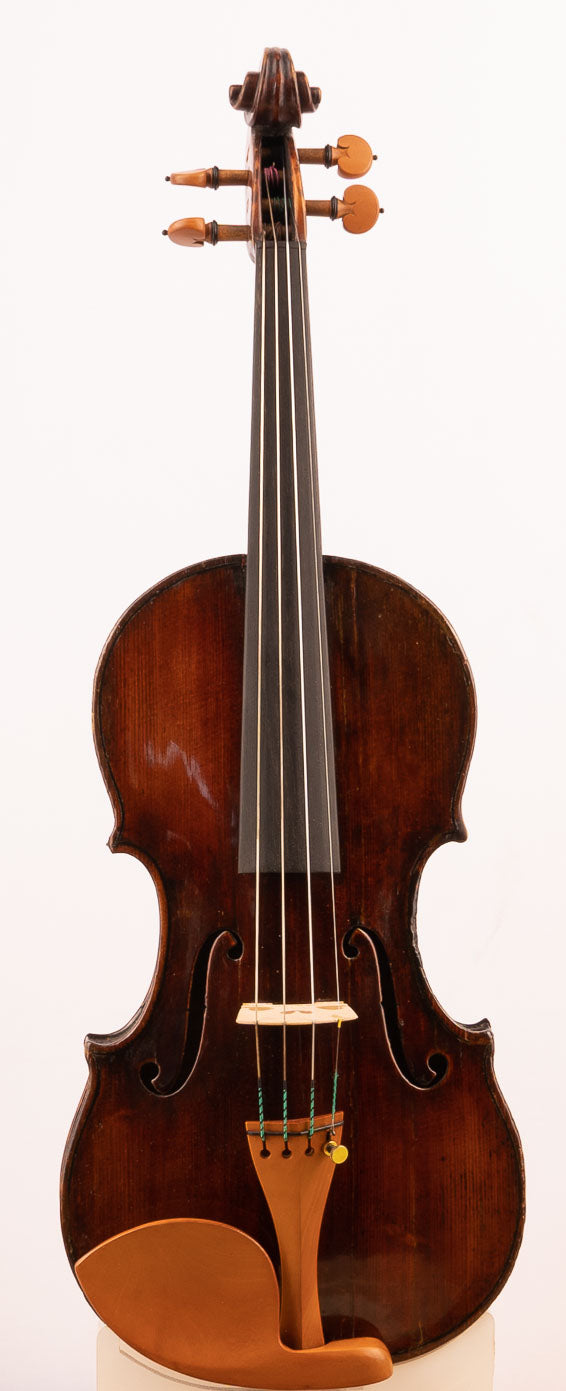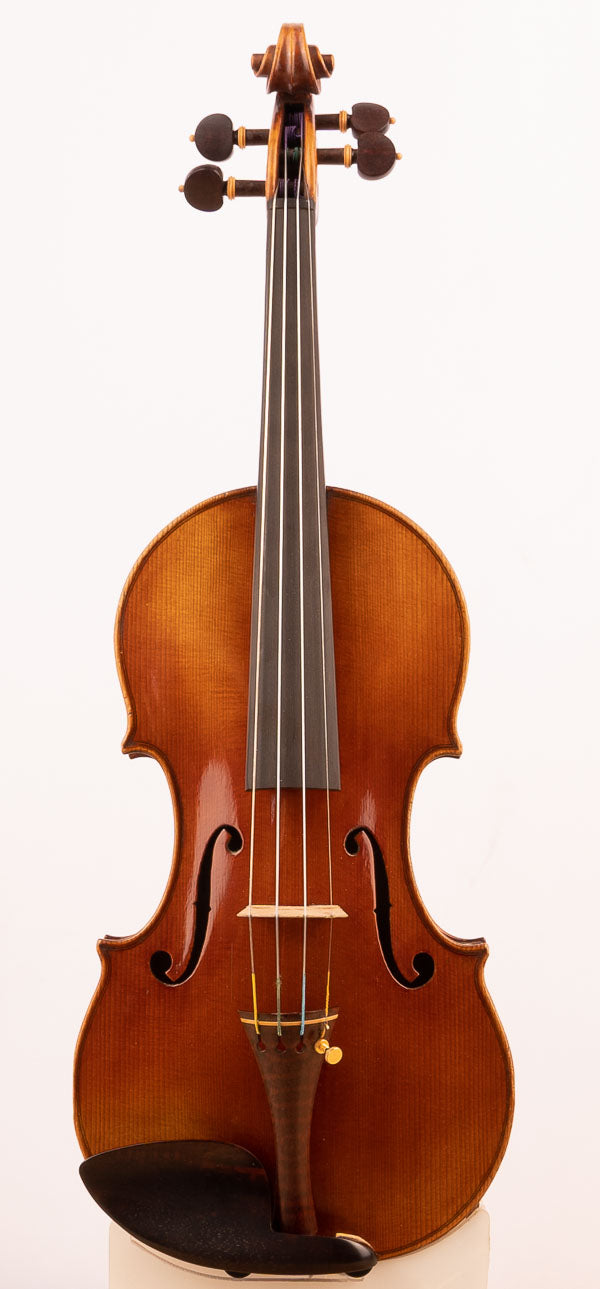The art of restoring antique violins is a meticulous journey, blending the reverence for history with the precision of modern craftsmanship. For expert violin makers, the process is not just about repair; it's about breathing life into instruments that hold centuries of musical heritage. Each antique violin comes with its unique story, embedded in every grain of its wood, and restoring these instruments demands a deep understanding of both their historical context and their physical intricacies.
Understanding the Instrument's History and Construction
The first step in any restoration process is understanding the violin's history. This involves meticulous research to determine its maker, age, and the techniques originally used in its construction. Antique violins, some crafted by legends like Stradivari or Guarneri, are often constructed with methods and materials that differ significantly from modern practices. For instance, the varnishes used in the 17th and 18th centuries, as detailed in the Journal of Cultural Heritage, had unique compositions that greatly influenced the instrument's tone (Brandmair & Greiner, 2010). Understanding these historical details is crucial for a restoration that is both respectful to the instrument's legacy and effective in preserving its sound quality.
Assessing the Damage and Planning the Restoration
The next crucial step is a thorough assessment of the violin's condition. This involves examining the violin for cracks, open seams, or any structural weakness. Advanced tools like X-rays or CT scans, as discussed in the Strad Magazine, are sometimes employed to understand the extent of internal damage (The Strad, 2018). Once the damage is assessed, a detailed restoration plan is formulated. This plan must consider the preservation of the violin's original materials and design, balancing the need for restoration with the importance of maintaining its historical integrity.
Overcoming Challenges in Wood Restoration
One of the most significant challenges in restoring antique violins is dealing with the wood itself. Over centuries, wood undergoes changes in density and moisture content, impacting its acoustic properties. Restoring or replacing damaged wood without altering the violin's sound is a delicate task. Techniques such as cleating and patching are often used to repair cracks, requiring skillful precision to ensure that the added materials do not weigh down or dampen the violin's natural resonance.
Varnish Restoration and Color Matching
Varnish restoration presents another complex challenge. The goal is to not only protect the wood but also to match the color and texture of the original varnish as closely as possible. According to a study in the Journal of the American Institute for Conservation, different varnish layers, applied over the years, play a significant role in the violin's appearance and sound quality (Stulik & Khanjian, 1996). Skilled restorers often create custom varnish blends, sometimes using historically accurate recipes, to achieve a finish that respects the violin's age and aesthetic.
Preserving Authenticity and Sound Quality
Preserving the violin's authenticity is paramount. This involves using historically accurate materials and techniques as much as possible. For instance, traditional hide glue, preferred for its reversibility and compatibility with older materials, is often used in place of modern adhesives. Additionally, maintaining the violin's sound quality is a critical aspect of restoration. Luthiers must ensure that any repairs enhance or preserve the instrument's sound. As detailed in a study by the Catgut Acoustical Society Journal, even minor changes in the thickness of the wood or the position of the sound post can significantly affect the violin's tone (Hutchins, 1983).
The Role of Modern Technology in Restoration
Modern technology plays a supportive role in the restoration process. Techniques like 3D imaging and laser scanning, as discussed in the Journal of Archaeological Science, can be used to create precise maps of the instrument, aiding in the accurate reconstruction of parts (Wachowiak & Karas, 2009). However, the core of the restoration work remains rooted in the traditional skills of the luthier.
Balancing Art and Craftsmanship
Restoring an antique violin is a balance between art and craftsmanship, a task that requires not just technical skill but also a deep appreciation for the instrument's historical and cultural significance. Each restoration project is a journey through the violin's past, a process of uncovering and preserving its story.
In Conclusion
The restoration of antique violins is a field marked by its challenges and rewards. It demands a blend of historical knowledge, meticulous craftsmanship, and an understanding of the delicate interplay between materials, design, and sound. For the luthier, each restored violin is not just a revived musical instrument but a piece of history brought back to life, ready to continue its musical journey for generations to come.
References:
- Brandmair, B., & Greiner, S. (2010). Stradivari Varnish: Scientific Analysis of his Finishing Technique on Selected Instruments. Journal of Cultural Heritage, 11(3), 381-392.
- The Strad. (2018). The Role of X-Rays in the Restoration of Antique Instruments. Strad Magazine, 129(1534), 42-47.
- Stulik, D., & Khanjian, H. (1996). Varnishes: Authenticity and Permanence. Journal of the American Institute for Conservation, 35(1), 45-58.
- Hutchins, C. (1983). The Acoustics of Violin Plates. Catgut Acoustical Society Journal, 45, 20-32.
- Wachowiak, M. J., & Karas, B. V. (2009). 3D Scanning and Replication for Museum and Cultural Heritage Applications. Journal of the American Institute for Conservation, 48(2), 141-158.
